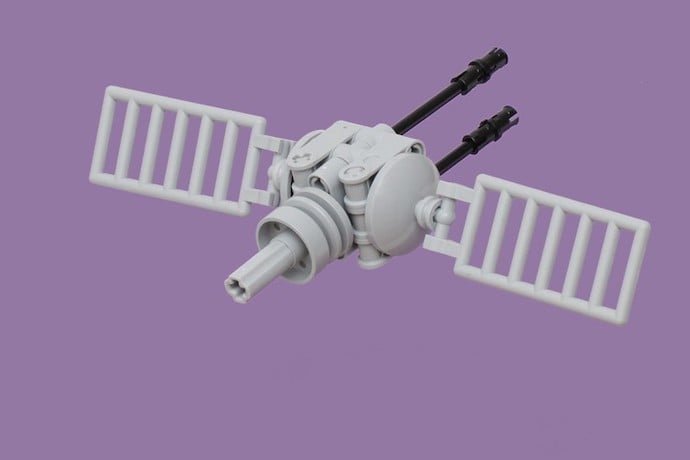I think we can all agree that Google Maps is pretty amazing if you think about it. In the palm of your hands, you can access images from space that show you almost anywhere in the world. While this ability is pretty cool on its own, it also has some amazing uses outside of exploring the world from your iPhone.
Perhaps one of the cooler uses of satellite imagery is its use in the agriculture sector. That’s right, satellites orbiting the earth are being used (and have been since 1972!) to help farmers grow and care for their crops and livestock.
The concept is called precision farming or precision agriculture, which incorporates innovative technologies, like satellites, GPS, robots, machine learning, and the Internet of Things into agricultural work. While precision farming has been useful everywhere in the world it has been applied, it has been especially revolutionary for developing countries in Sub-Saharan Africa.

Climate change, a subject discussed in greater detail in another article in this issue, is being uniquely felt in regions in Sub-Saharan Africa like Rwanda, Uganda, and Kenya. Of the Sub-Saharan Africa region’s approximately 1 billion (1 000 000 000!) inhabitants, 6/10 work within the agricultural industry. As such, the effects of climate change on farming such as droughts and floods, have serious wide-reaching effects in countries in this region.
To be proactive against the threat that climate change has regarding farming, the countries within this region have done something ingenious. They have partnered with various private companies to have satellites collect data and monitor the state of their farmers’ fields and pastures.
These satellites do this in three key ways. Firstly, satellites are used to map out areas that can be suitable for different types of farming. Secondly, the satellites use various sensors and complex algorithms to predict the possible crop growth and harvest. Lastly, precision farming is used to monitor agricultural practices in individual regions. This helps farmers spot trends in rainfall/drought patterns so they can adjust their work. This also lets farmers monitor the ‘greenness’ of ground vegetation so they know how much pasture is available for animals to graze in.
All of this is done under the rightful understanding that making farming more efficient makes the lives of the farmers a lot easier and makes it so that support can be given to areas that are shown to be at risk of some food shortages or natural disasters.
Climate change will continue to impact every step of our lives until it is properly addressed, but it’s pretty amazing to see how people have been able to adapt to the challenges already before them to make the best of the situation! It leaves you wondering what else can we do to improve the lives of people in innovative ways through technology?
Learn More
Satellite imagery in agriculture
https://farmtogether.com/learn/blog/the-power-of-satellite-imagery-in-agriculture
Satellite Data Solution for African Farmers
https://africanews.space/satellite-data-a-solution-for-african-farmers/
What is precision agriculture?
https://www.youtube.com/watch?v=WhAfZhFxHTs&ab_channel=GeospatialWorld
Farms being run from space
https://www.bbc.com/future/bespoke/follow-the-food/the-farms-being-run-from-space/
Farming tech with roots in space
https://www.nasa.gov/directorates/spacetech/spinoff/feature/NASA_is_Everywhere
Satellites used to enhance agriculture
https://gca.org/this-is-how-farmers-are-using-satellites-to-enhance-adaptation-2/
How can satellites help with farming
https://scijinks.gov/crop-health/

